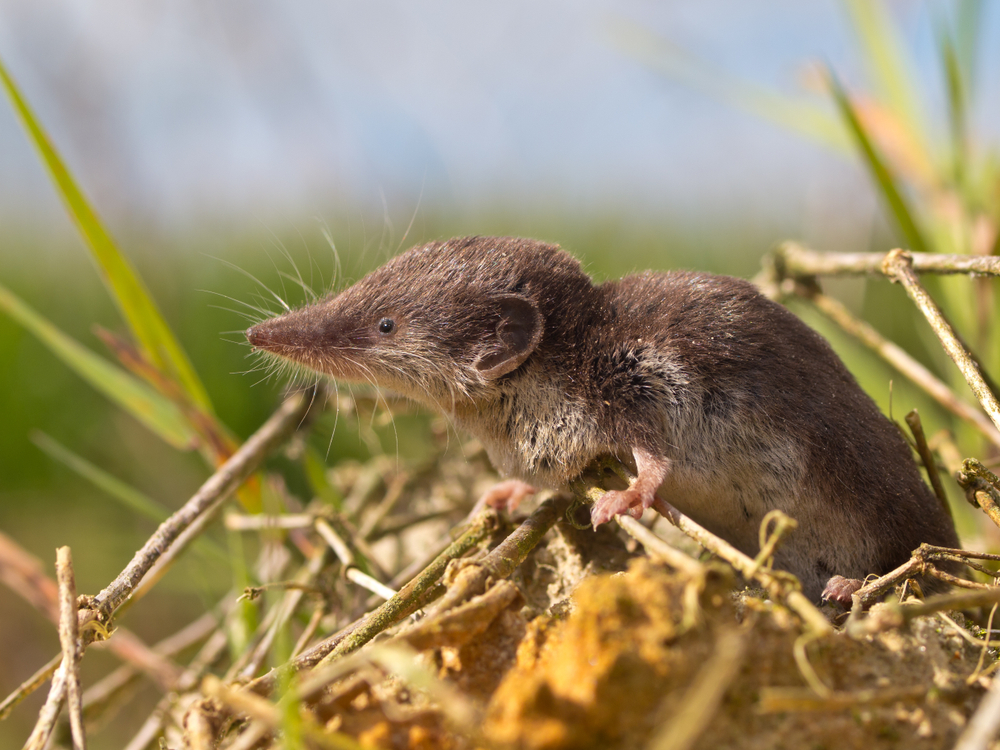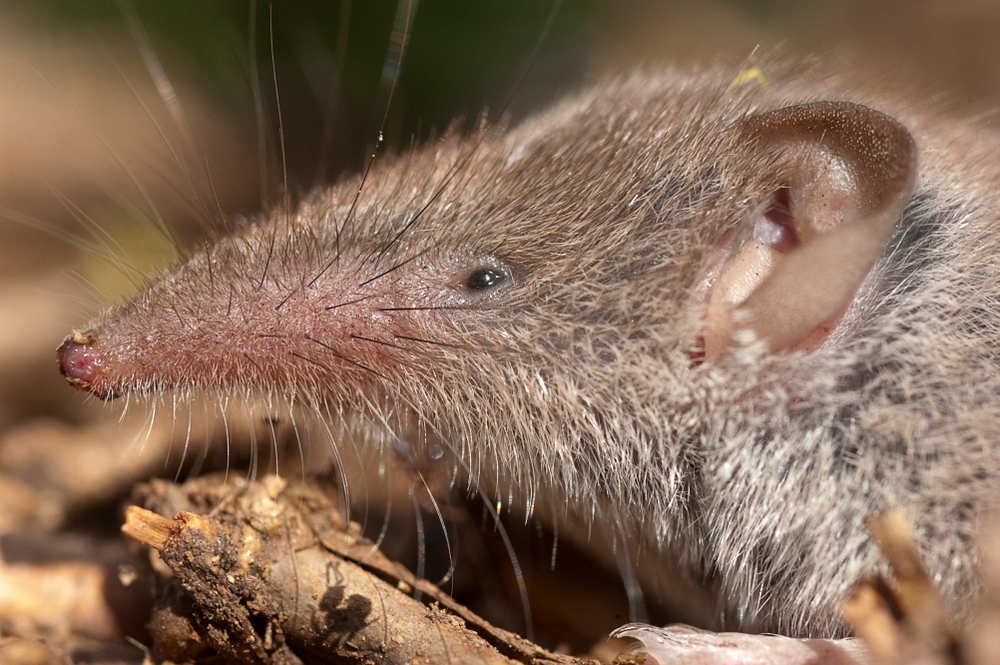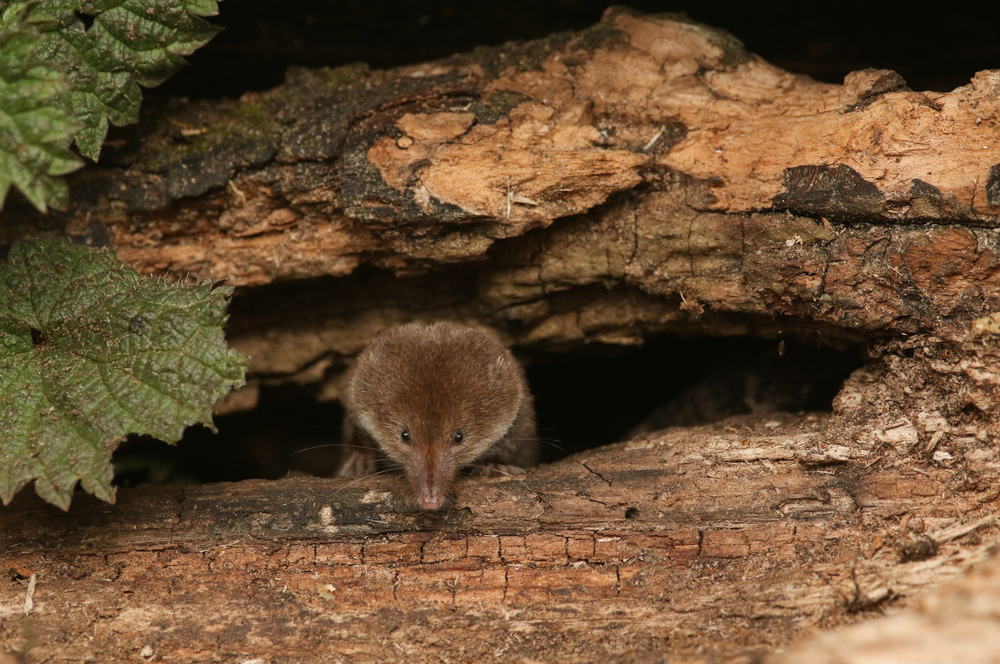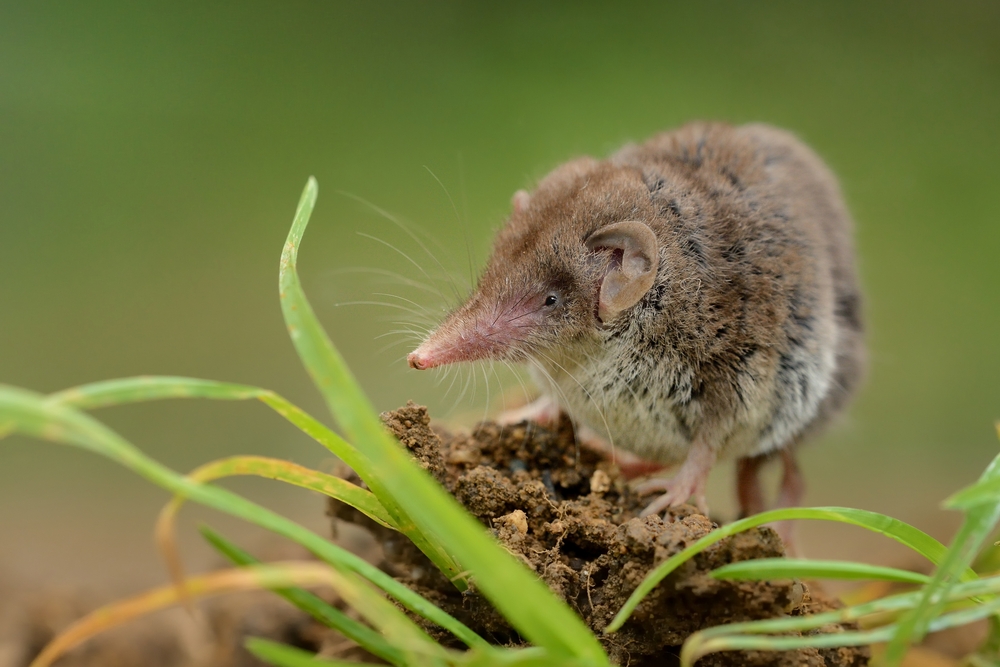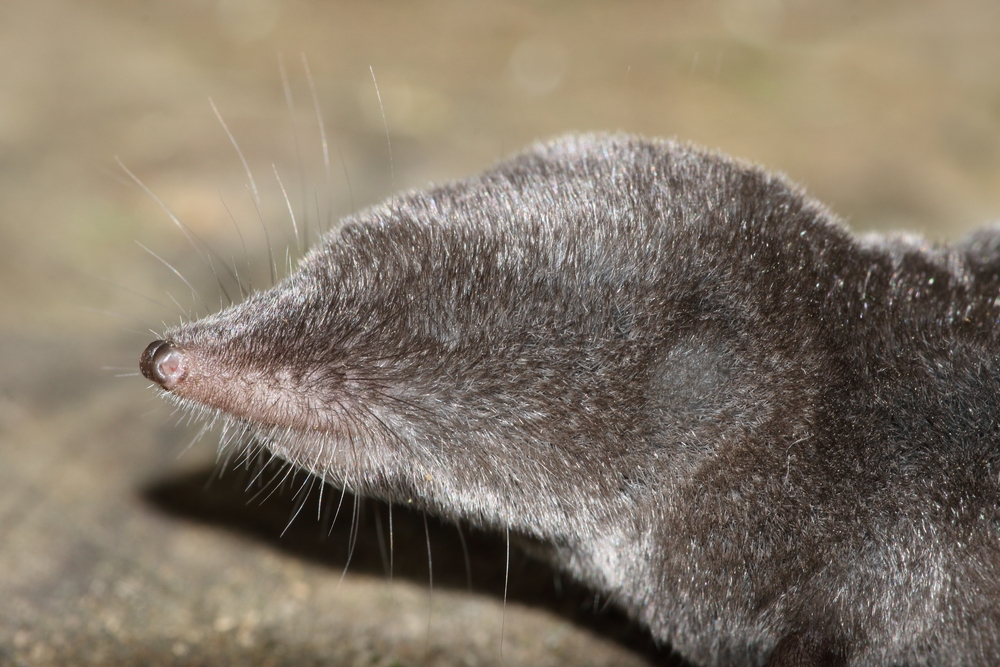Reproduction
The reproductive cycle of shrews, characterized by their small size and rapid metabolism, follows several distinct stages:
Breeding Season: Shrews do not have a strict breeding season but generally mate during warmer months when food availability is higher. The timing of breeding varies depending on the species and geographic location.
Territorial Behavior and Courtship: During the breeding season, male shrews engage in territorial behavior to attract females. Courtship rituals may involve vocalizations, scent marking, and physical displays to establish dominance and secure mating opportunities.
Mating and Fertilization: Once a male successfully courts a female, mating occurs through a brief copulatory act. Fertilization is internal, with the male transferring sperm to the female’s reproductive tract.
Gestation: The gestation period for shrews is relatively short, typically lasting around 20 to 30 days, depending on the species. During gestation, females experience physiological changes to support the development of the embryos.
Birth and Lactation: Shrews give birth to a litter of tiny, altricial young in a nest constructed from vegetation or underground burrows. The number of offspring per litter varies among species but can range from 2 to 10 or more. Newborn shrews are blind, hairless, and entirely dependent on their mother for nourishment.
Maternal Care: Female shrews provide extensive maternal care to their offspring, including nursing, grooming, and protection. They produce milk to feed their young, ensuring they receive the essential nutrients needed for growth and development.
Weaning and Juvenile Stage: As the young shrews grow, they gradually transition from milk to solid food. They begin to venture out of the nest and explore their surroundings under the watchful eye of their mother. Juvenile shrews learn vital survival skills, such as hunting and foraging, from their mother before becoming independent.
Sexual Maturity and Reproduction: Shrews reach sexual maturity relatively quickly, often within a few months of birth, depending on the species. Once sexually mature, they participate in the reproductive cycle, continuing the cycle of mating, gestation, birth, and maternal care.
Understanding the reproductive cycle of shrews is essential for their conservation and management, as it provides insights into population dynamics, reproductive success, and the factors influencing their survival in various habitats. Conservation efforts aimed at preserving suitable habitats, minimizing habitat fragmentation, and reducing human disturbances can help ensure the long-term viability of shrew populations.



































































